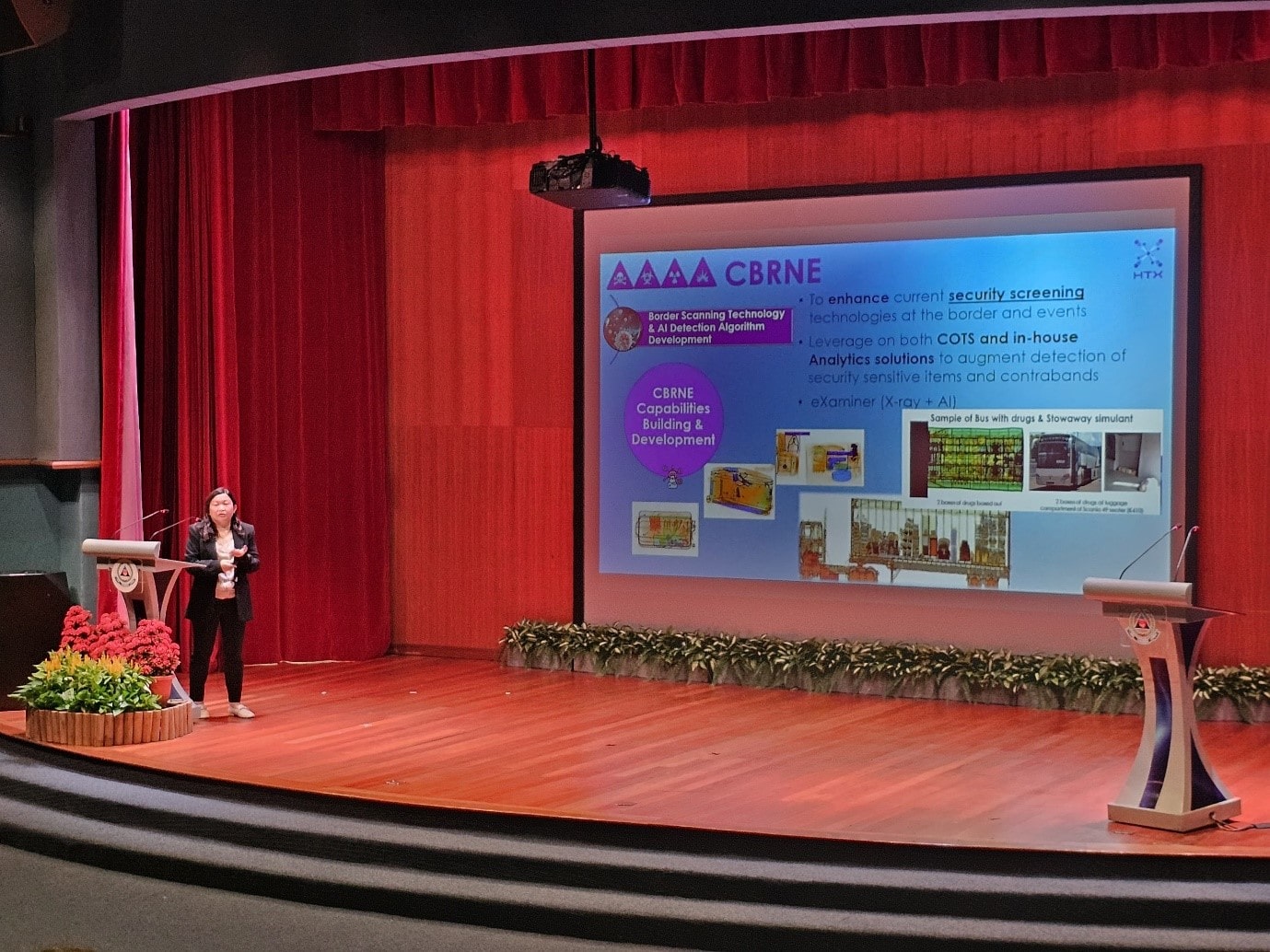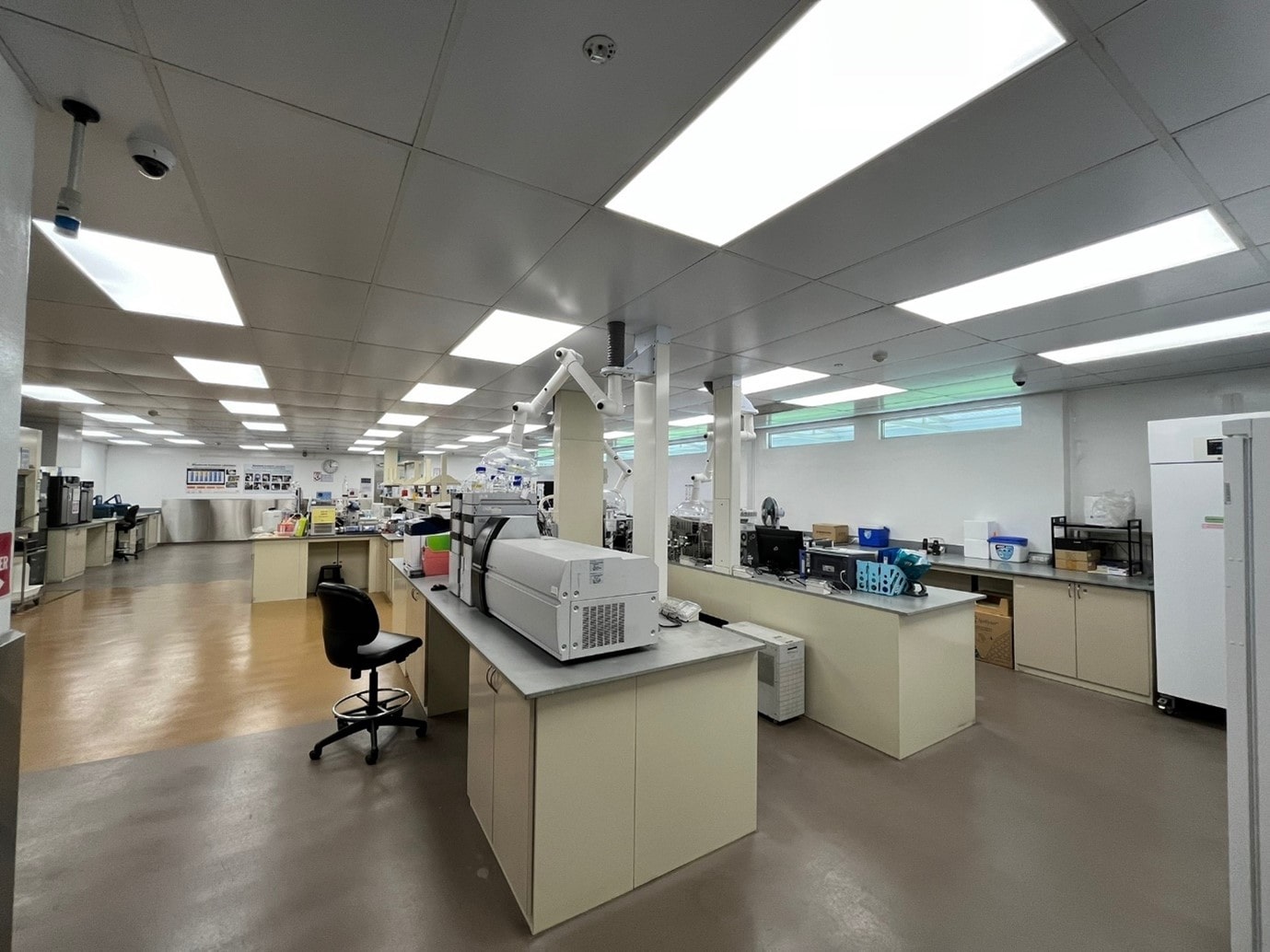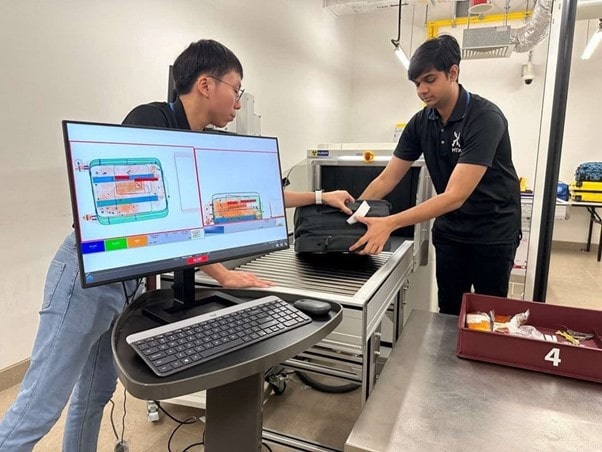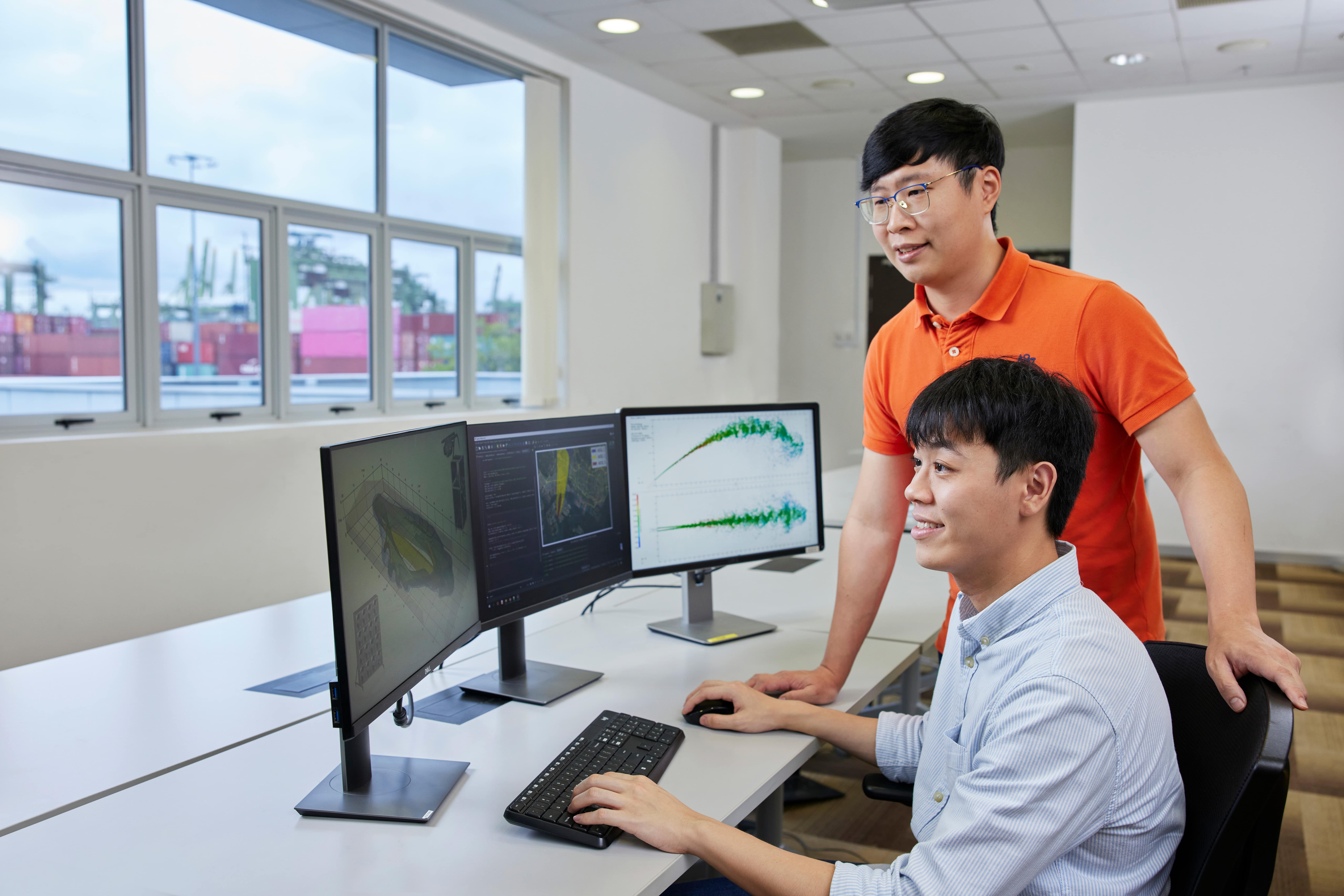HTX's CBRNE scientists and engineers help to prevent chemical, biological, radiological, nuclear, and explosive threats from entering Singapore.

May Ong (middle) with two delegates at CBRNe Convergence Asia 2024. (Photo: CBRNe World)
Singapore faces a myriad of threats. Apart from terrorists and cyber-attacks, Singapore also has to be protected from weapons of mass destruction.
These deadly weapons come in many different forms – chemical, biological, radiological, nuclear, and explosives (CBRNE) – and the authorities have to protect Singapore from all of them!
Speaking at the recent CBRNe Convergence Asia 2024 conference, May Ong, the director of HTX’s CBRNE Centre of Expertise (CoE), shared how her team of CBRNE scientists and engineers help to prevent such threats from entering Singapore.
 May Ong’s CBRNe Convergence Asia 2024 presentation. (Photo: HTX)
May Ong’s CBRNe Convergence Asia 2024 presentation. (Photo: HTX)
To enable our border authorities to rapidly identify and intercept any attempts to smuggle CBRNE substances into Singapore, CBRNE CoE is manning a network of CBRNE
laboratories at Singapore’s border checkpoints. These IEC/ISO 17025 accredited laboratories are equipped with gold standard analytical instruments to help the authorities intercept potential penetrators’ attempts to sneak in illicit substances
or even wildlife into Singapore!
 One of CBRNE CoE’s border checkpoint laboratories. (Photo: HTX)
One of CBRNE CoE’s border checkpoint laboratories. (Photo: HTX)
May shared that CBRNE CoE is exploring new technologies that can strengthen our existing border detection capability. One promising technology the team is researching
on is the use of muons to scan cargo containers. Muons, which are naturally found in cosmic rays, are non-ionising, have great penetrating power, and can penetrate denser objects compared to X-rays. One potential application would be the detection
of security sensitive substances hidden inside dense materials.
CBRNE CoE is also leveraging on the use of robotics and drone technologies to develop mobile scanners which can help the border authorities detect CBRNE threats in situations
where the suspicious cargo cannot be inspected using the standard scanners.

CBRNE CoE engineers testing an AI-enhanced X-ray detection prototype which can rapidly identify hidden explosives or tiny bomb components during the baggage screening process. (Photo: HTX)
Apart from new hardware, May also shared that CBRNE CoE is developing digital tools to sieve through data to quickly identify the potential presence of any CBRNE substances. The team has also been working to enhance X-ray scanners with Artificial
Intelligence (AI) to improve threat detection.
 CBRNE CoE engineers studying the dispersal patterns of chemical plumes in the wind. (Photo: HTX)
CBRNE CoE engineers studying the dispersal patterns of chemical plumes in the wind. (Photo: HTX)
To be better prepared for future threats, CBRNE CoE will be embarking on the use of AI and computational chemistry tools to predict new CBRNE related threats as well as how changes in weather patterns can influence the frequency and distribution
of incidents involving hazardous materials. This is particularly important because changes in weather have potential impacts on the effective placement and deployment of CBRNE sensors.